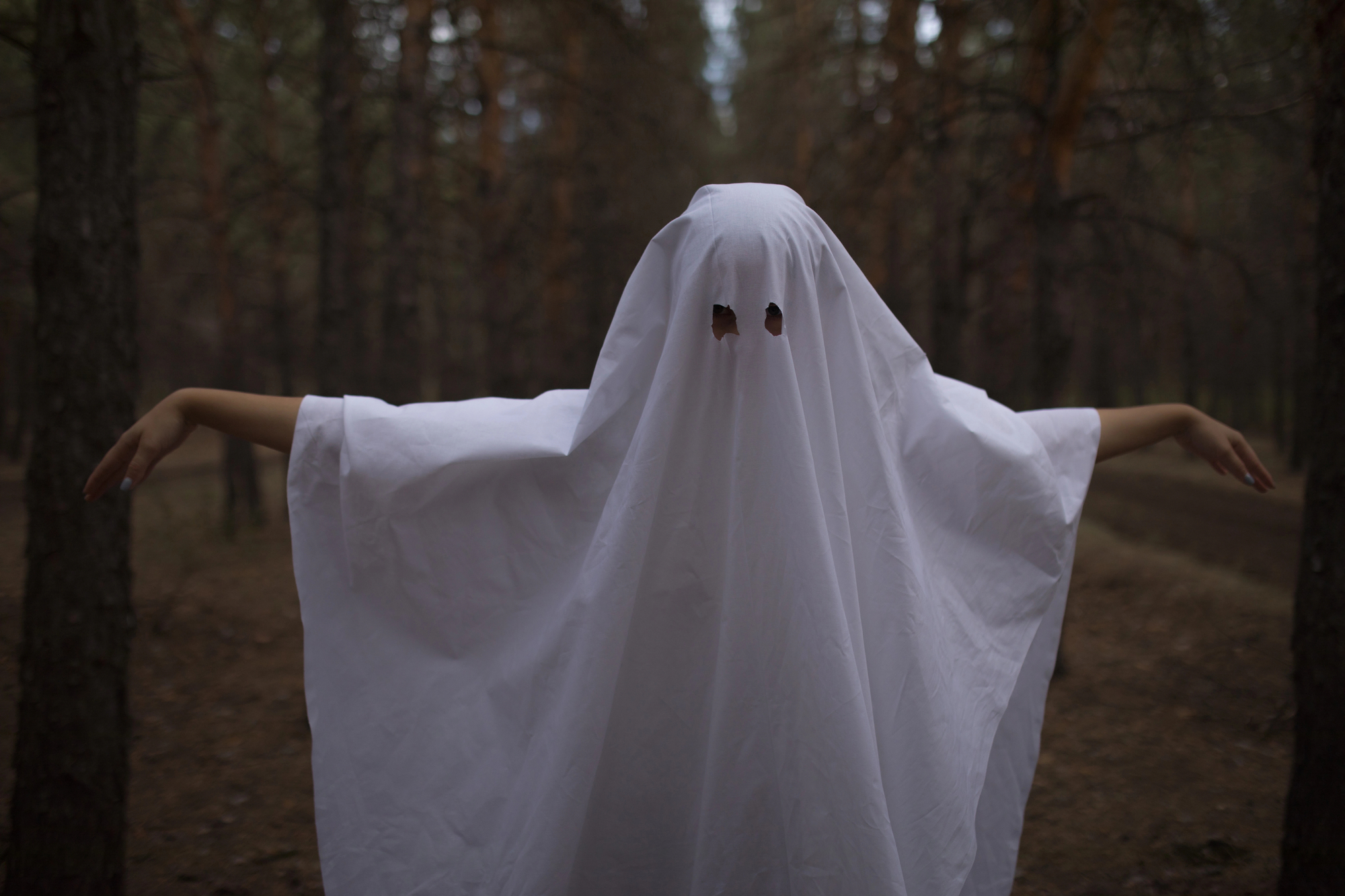Narcissists do these things to throw you off guard.

Anyone who’s dealt with a narcissist knows that they don’t do well when confronted with anything they dislike. So when you raise a problem with them, they may use one or more of the following 12 tactics to cause drama, distracting you from the issue you’re trying to resolve.
1. Changing the subject to one that shocks you into a different direction.

If you’re having a fight with your narcissist and gaining ground, they may blurt something to shock and derail you. For example, they might say that they think they have cancer, or that you’ve gained a lot of weight recently, thus forcing you to acknowledge and deal with their redirection.
2. Projecting their poor behavior onto you.

A narcissist who’s called out on poor behavior will turn it around and amplify it. For example, if you ask them not to leave their dirty socks on the floor, they’ll say that they only did that because you leave your entire closet on the floor, making your home look like a crackhouse.
3. Triangulation: getting a third person involved in a dispute to keep you off balance.

This often happens with one of their “flying monkeys”—a person they’ve charmed into being on their side and who will stand with them against you regarding whatever dispute is going on. As a result, your focus will shift toward the unfairness of the united front, and not the issue at hand.
4. Creating a false narrative.

They may intentionally misinterpret something you’ve said or done and create a completely different narrative to throw you off. For example, if you say that you didn’t like the way they spoke to you, they might come back with, “So you’re saying I’m abusing you like your father did”.
5. Faking a health issue or personal crisis

You’re likely to see this if you catch your narcissist in the act doing something awful, or if you cut them out of your life. All of a sudden, they’ll have a life-threatening illness or they’ll tell you that they’ve overdosed on pills because they can’t live without you, and need you to save them.
6. Guilt trips.

If your abuser doesn’t want you to do something, and you have no intention of canceling your plans, they’ll use guilt as a way of manipulating you. They might say that you’re taking them for granted “after everything they’ve done for you”, and imply that they won’t be around when you get back.
7. Starting drama in public.

Narcissists often pick fights in public because they assume you’ll do whatever they want to stop them from making a scene. They might be loud or throw something to embarrass you, getting other people’s attention, so you’ll shrink and acquiesce to their wants. Then they’ll say, you “made them” do so.
8. “Vaguebooking”.

Although this is normally used specifically for Facebook, it refers to any type of social media. Essentially, they’ll post something vague that likely applies to you but doesn’t mention you specifically, in order to provoke you into asking them for clarification… at which point they’ll ignore you for a while.
9. Ghosting.

If a narcissist feels that they’re losing ground with controlling or manipulating you, they may ghost you. They have no intention of cutting you out of their life, but they want you to chase them and find out what’s going on, at which point they get to decide how much attention to give you.
10. Intimidation.

This one is used by narcissists who are either physically larger than their victim, or in a position of authority over them—like a parent. They might loom over you to make it seem like you may be harmed if you provoke them, or they’ll threaten you with punishment or potential homelessness.
11. Emotional overreaction.

If you’re arguing about something and proving that you’re actually in the right, they might break down weeping or explode into a violent anger outburst to throw you off guard. This is meant to make you change direction and soothe or pacify them, thus derailing the argument and avoiding their accountability.
12. Ridicule

A narcissist who’s called out for their reprehensible behavior will attempt to turn the tables to avoid negative repercussions. By ridiculing you, they take the attention off themselves, painting you as stupid, ridiculous, juvenile, or whatever other slanderous label will distract you from their actions and hopefully put you on vulnerable footing.









